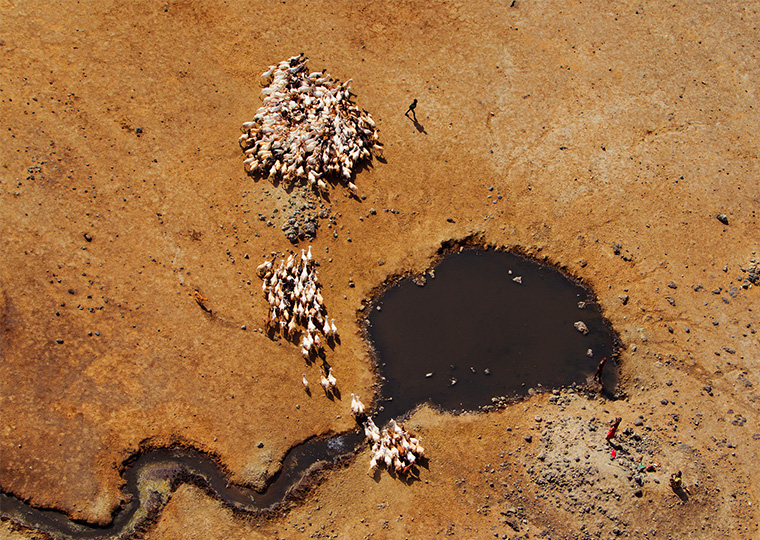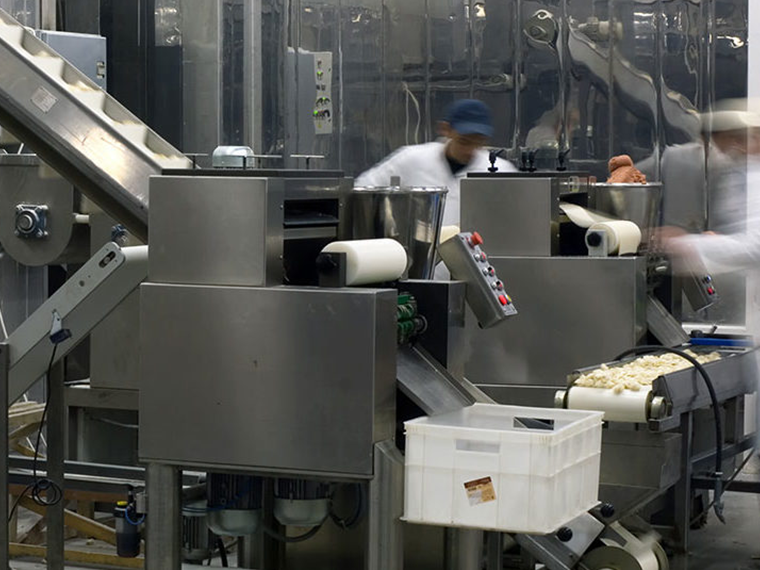Unlike in past cycles, factory jobs are showing strength ahead of expected downturn
The U.S. manufacturing sector has for decades been shrinking, as a percentage of the overall economy — and then its woes have worsened coming out of recessions— as newly cost-conscious U.S. companies automated and sent factory jobs abroad.
It’s surprising, then, that, as the U.S. heads for a likely recession, the manufacturing sector looks like a potential bright spot, according to research by UCLA Anderson Forecast’s William Yu.
Opt In to the Review Monthly Email Update.
Counties with a large portion of their jobs in manufacturing had some of the lowest unemployment rates and highest employment-to-population ratios in the nation, according to Yu’s work.
Before each of the last three U.S. recessions, manufacturers have shifted jobs to other countries, Yu explains in a phone interview. As recoveries set in, they were slow to bring workers back. The strategy created a huge problem for middle America, Yu says, by leaving the manufacturing regions struggling with recession-like unemployment long after job markets in the rest of the nation recovered.
The share of the workforce employed in the manufacturing sector fell to 8.4% from 10.2% between 2007 and 2022, according to the Federal Reserve Bank of St. Louis.
“This time is different,” Yu continues. Factories are running close to full capacity, and rumbles about moving production overseas are few.
Inherent risks for countries that rely on imports were exposed during the pandemic and war in Ukraine, Yu notes in the study. Supply chain issues caused by COVID-19 lockdowns in foreign countries created long-term shortages in goods ranging from garage doors and lumber to autos and anything else that requires a semiconductor. Americans are buying stuff at near record rates now, and pent-up demand for these products has been a big factor in the rising prices that created today’s more than 8% inflation rate.
The findings on manufacturing emerged as Yu studied variations in employment rates around the country. Although the U.S. is technically near full employment, large discrepancies in unemployment between counties mean millions of people are still looking for jobs.
Yu found several unusual commonalities in counties with particularly high or low employment rates in today’s economy:
- Urban counties were associated with higher unemployment rates. Historically, rural counties have higher unemployment.
- Counties with high COVID-19 mortality rates generally reported higher unemployment rates.
- Counties heavily dependent on jobs in health care and social services had higher unemployment rates.
Yu’s research indicated that one of the strongest predictors of low unemployment remains the same as it has historically: A more educated or skilled workforce usually generates better employment figures.
Featured Faculty
-
William Yu
Economist, UCLA Anderson Forecast
About the Research
Yu, W. What Explains the Variation in Unemployment Rates Across the United States? UCLA Anderson Forecast, September 2022.






